Green Plumbing – Better for the Environment
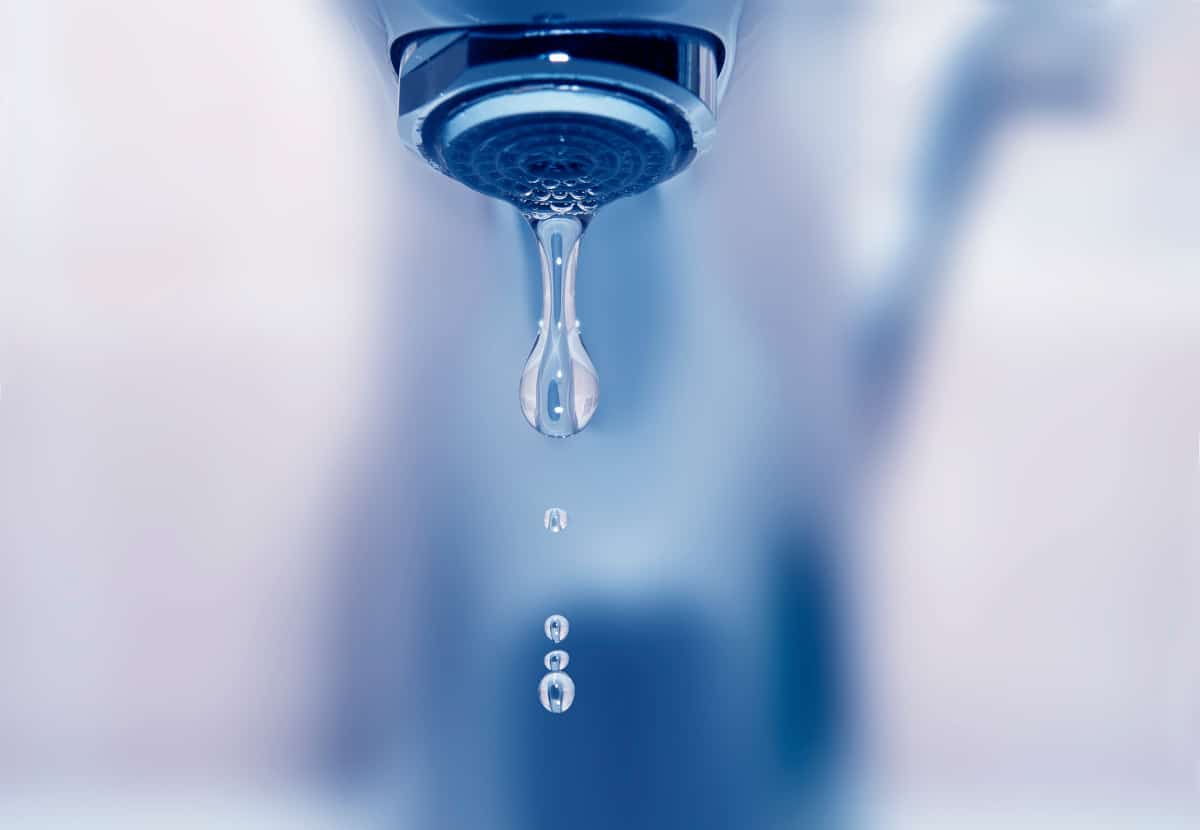 When you have any type of plumbing work done on your home – whether it is a repair or a new installation – you have a variety of choices to make. One choice, of course, is which of the many Greensboro plumbers you are going to call in for the job. On that point, simply pick Berico and know that you are in good hands.
When you have any type of plumbing work done on your home – whether it is a repair or a new installation – you have a variety of choices to make. One choice, of course, is which of the many Greensboro plumbers you are going to call in for the job. On that point, simply pick Berico and know that you are in good hands.
You’ll also need to decide if you would like to improve your home’s eco-friendly performance while having this work done. Green plumbing is the concept of making small improvements to the way the water system works in your house in order to consume less and help the environment. This type of environmental plumbing is an excellent way to get the performance you need while doing your part for the world around you, as well. This page will take a closer look at this topic and why it’s so important.
An Introduction to Green Plumbing
If you stop and think about it, the way your home utilizes water is likely pretty inefficient. A significant amount of water is used up each time you flush the toilet, for example. Added up over the course of a month, or a year, countless gallons of water are wasted in the average residential plumbing system that could have been saved with a bit of careful planning and through upgrading a few key components.
This is the foundation of green plumbing. More and more people are looking to find ways that they can save water while still having a plumbing system that is able to get the job done. That goal is within reach when green plumbing is employed, and the rest of this page will explain why this is such a worthwhile project and how you can make it happen in your house.
A Number of Notable Advantages
The primary advantage of green plumbing is the way that reduced water consumption can benefit the environment. Modern life places a tremendous strain on the limited water resources we have available, so if every home was able to reduce how much water it went through on a daily basis, the difference would be enormous.
Cutting down on water consumption is far from the only advantage, however. Some green plumbing measures also help to reduce energy consumption – more on that later – so that’s another benefit to the earth that can be enjoyed. Between using less water and using less energy, it’s easy to see how green plumbing can lead your entire household toward having a smaller environmental footprint.
Finally, you might also enjoy a longer useful life out of some of your appliances when you reduce water consumption. When less water is moving through the system, less wear and tear will accumulate, and you should be able to get an extended life span out of some of your components as a result.
Help the Environment – And Save Money at the Same Time
You might be primarily motivated to explore green plumbing because of the environmental benefits, but that doesn’t mean you can’t appreciate the financial savings that will come along with it. In fact, you can go a long way toward offsetting the cost of the plumbing upgrades when you start to see savings on your utility bills moving forward.
Using less water simply means you will spend less on that resource month after month. Cutting down on your water bill is a great start, and if you include upgrades that reduce energy consumption, you can reduce the size of that bill, as well. Even if these savings are modest at first, they just keep coming month after month, and the cumulative effect over the coming years will end up being significant.
You could also wind up saving some money by avoiding plumbing repairs after you upgrade your system. Once many of your fixtures have been replaced by new, green fixtures, you’ll be well-positioned for potentially many years of hassle-free plumbing performance.
Types of Green Plumbing Fixtures
So, what kinds of upgrades to your plumbing system will fall into the category of “green plumbing”? There are many to consider, including those listed below –
- Low-flow toilets. If you were to break down the water consumption in your home, you would likely find – perhaps to your surprise – that your toilets are the main water usage feature. An inefficient toilet can use several gallons of water in just one flush, so you can easily imagine how that will add up over time. Upgrading to low-flow toilets can save more than 10,000 gallons of water in your home in just one year!
- Low-flow showerheads. While your toilets might lead the way in terms of water consumption, your showers aren’t far behind. This is particularly true in a home with several family members. Adding low-flow showerheads will cut down on the volume of water that is used during showers, without any significant loss of performance. You’ll be able to get just as clean in a shower with a low-flow head, and you’ll be saving water – and money – at the same time.
- Tankless water heaters. While this is a bigger investment than a low-flow toilet or showerhead, making the switch to a tankless water heater is a great way to make your plumbing system far more green. The value here is found in the reduced energy consumption of the tankless system. Rather than continuously using energy to keep a big tank of water warm, tankless models only heat the water when you are going to use it, meaning significant energy savings are enjoyed. There is also a functional benefit to tankless water heaters that shouldn’t be ignored – since there is no tank and the water is heated on demand, you won’t run out of hot water during a long shower or an extended dishwashing session.
If you would like to have some green plumbing fixtures added to your home, or if you simply have some repairs that need to be made, Berico should be your first pick. Give the friendly Berico team a call today and get started on this important project.
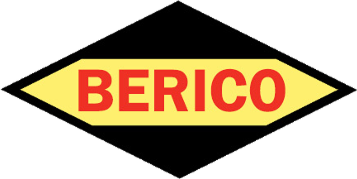
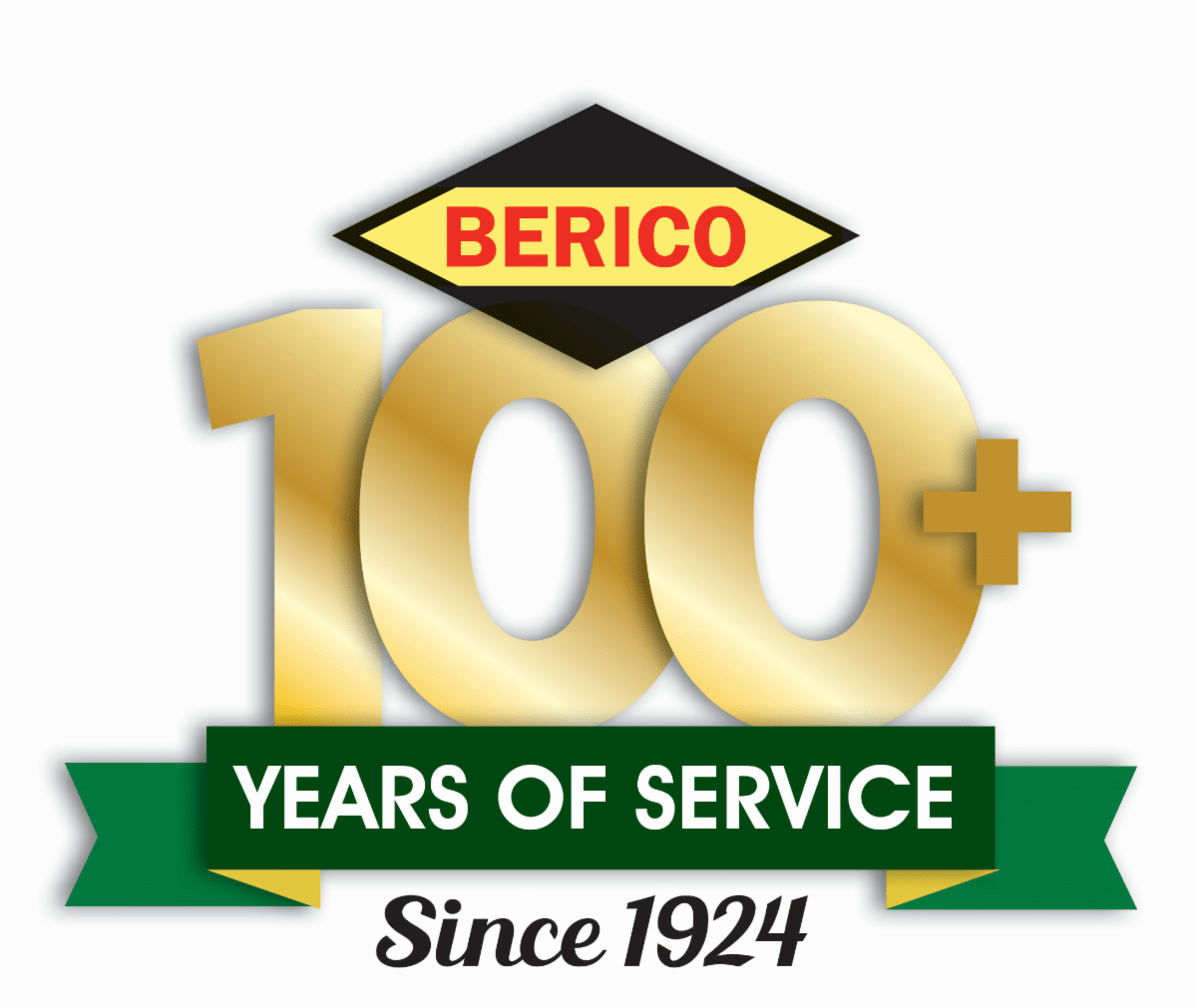 Life is good when your HVAC system is simply working as it should, and you don’t have to think twice about it. Of course, that’s not always the case, and sometimes problems will come up that require your attention. While it’s always smart to turn to the experts when any actual repairs need to be completed, you can educate yourself with some basic troubleshooting tips to start the process on your own.
Life is good when your HVAC system is simply working as it should, and you don’t have to think twice about it. Of course, that’s not always the case, and sometimes problems will come up that require your attention. While it’s always smart to turn to the experts when any actual repairs need to be completed, you can educate yourself with some basic troubleshooting tips to start the process on your own.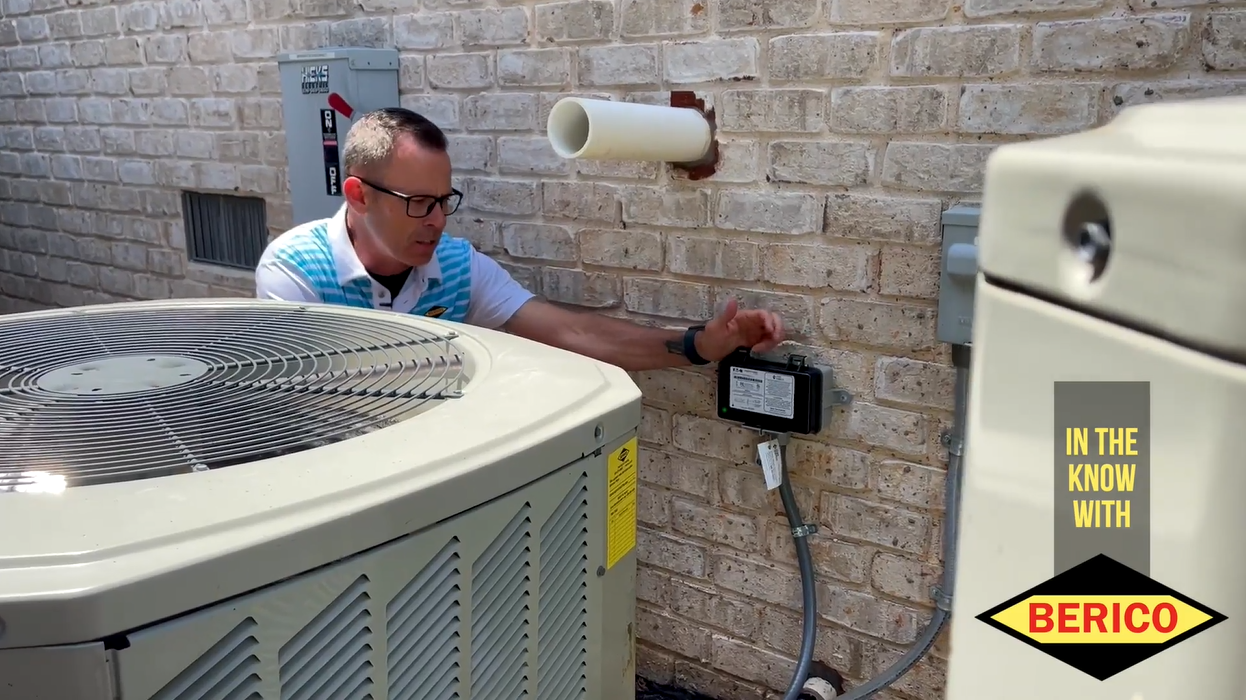 During the summer months, your air conditioning unit is working hard day after day to keep your house cool. Specifically, the fan in the outdoor unit is spinning around and around, dumping heat outside so you and your family can stay comfortable.
During the summer months, your air conditioning unit is working hard day after day to keep your house cool. Specifically, the fan in the outdoor unit is spinning around and around, dumping heat outside so you and your family can stay comfortable.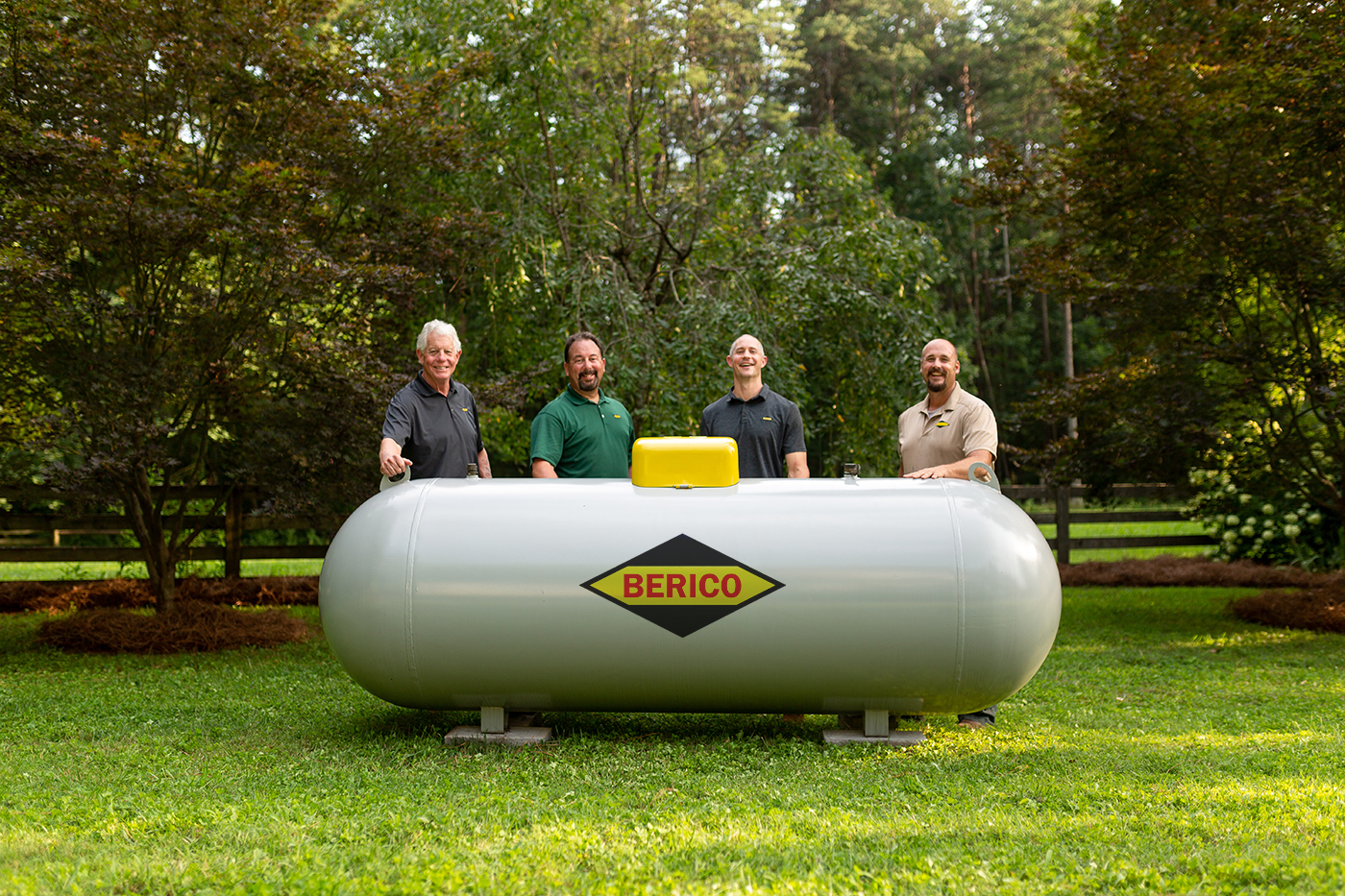 It’s easy to fall into the trap of thinking that everything is getting more expensive all the time. And, to a certain extent, it’s true – costs rise steadily across most of the things that you have to buy regularly. But does that apply to propane? This article will take a closer look at the cost of propane and what the future may hold.
It’s easy to fall into the trap of thinking that everything is getting more expensive all the time. And, to a certain extent, it’s true – costs rise steadily across most of the things that you have to buy regularly. But does that apply to propane? This article will take a closer look at the cost of propane and what the future may hold.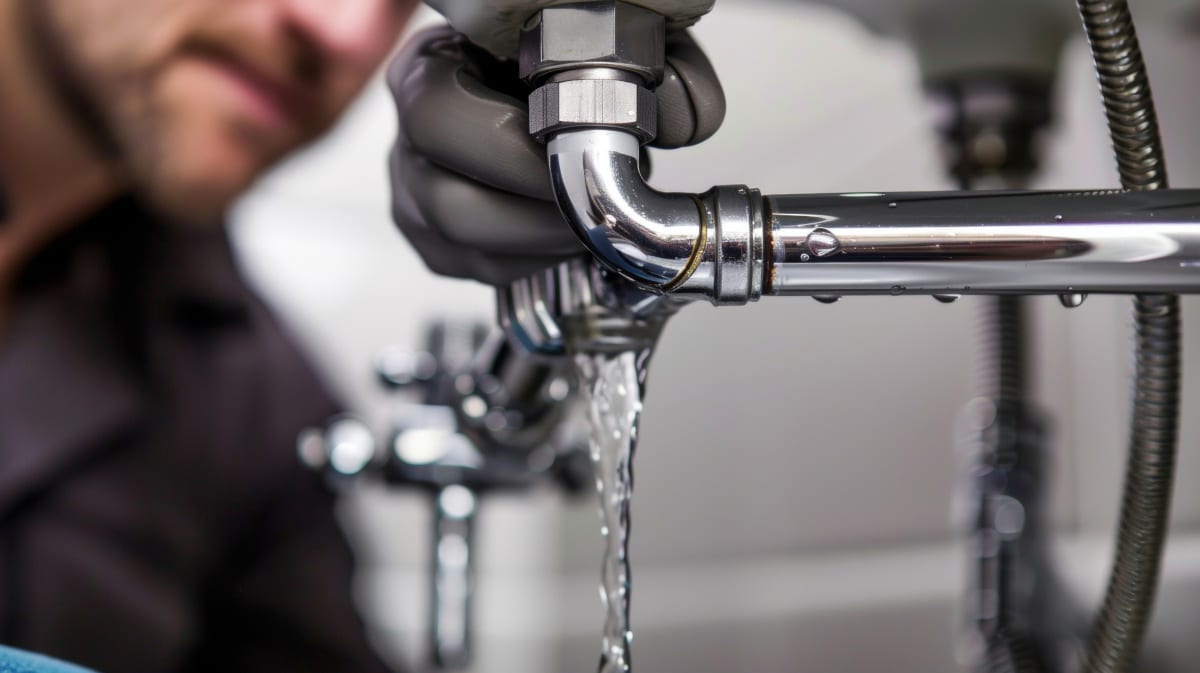 When you don’t work in the plumbing field, it’s easy to believe just about anything you hear about how plumbing works or what problems you are likely to encounter with your system. Unfortunately, much of what you hear talked about with plumbing falls firmly into the category of a myth. This page will highlight some of those myths and explain how you should handle your plumbing system instead.
When you don’t work in the plumbing field, it’s easy to believe just about anything you hear about how plumbing works or what problems you are likely to encounter with your system. Unfortunately, much of what you hear talked about with plumbing falls firmly into the category of a myth. This page will highlight some of those myths and explain how you should handle your plumbing system instead.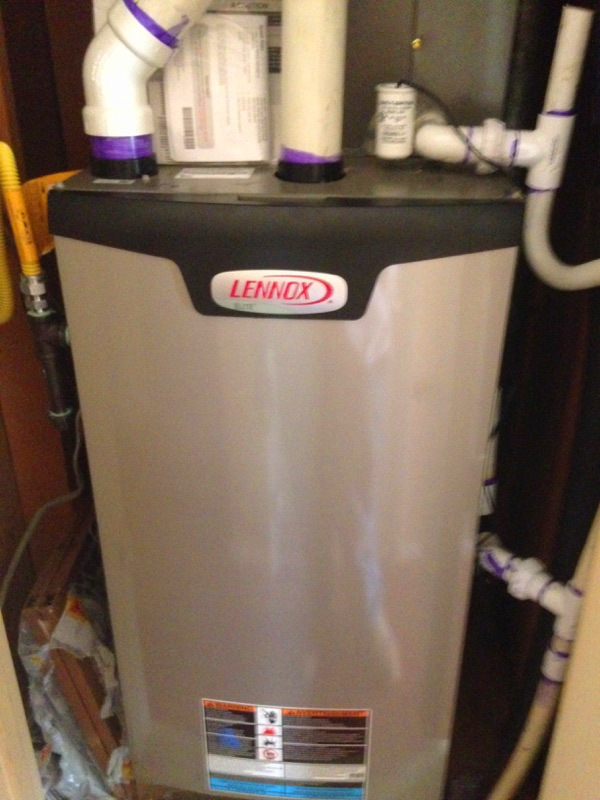 By its very nature, a furnace is meant to be able to handle cold temperatures. After all, that’s the point of having this unit in your home – to warm up your spaces while it is cold outside. But what if it gets particularly cold? This article will look at what you need to be concerned with if the weather outside dips even lower than normal for a few days.
By its very nature, a furnace is meant to be able to handle cold temperatures. After all, that’s the point of having this unit in your home – to warm up your spaces while it is cold outside. But what if it gets particularly cold? This article will look at what you need to be concerned with if the weather outside dips even lower than normal for a few days.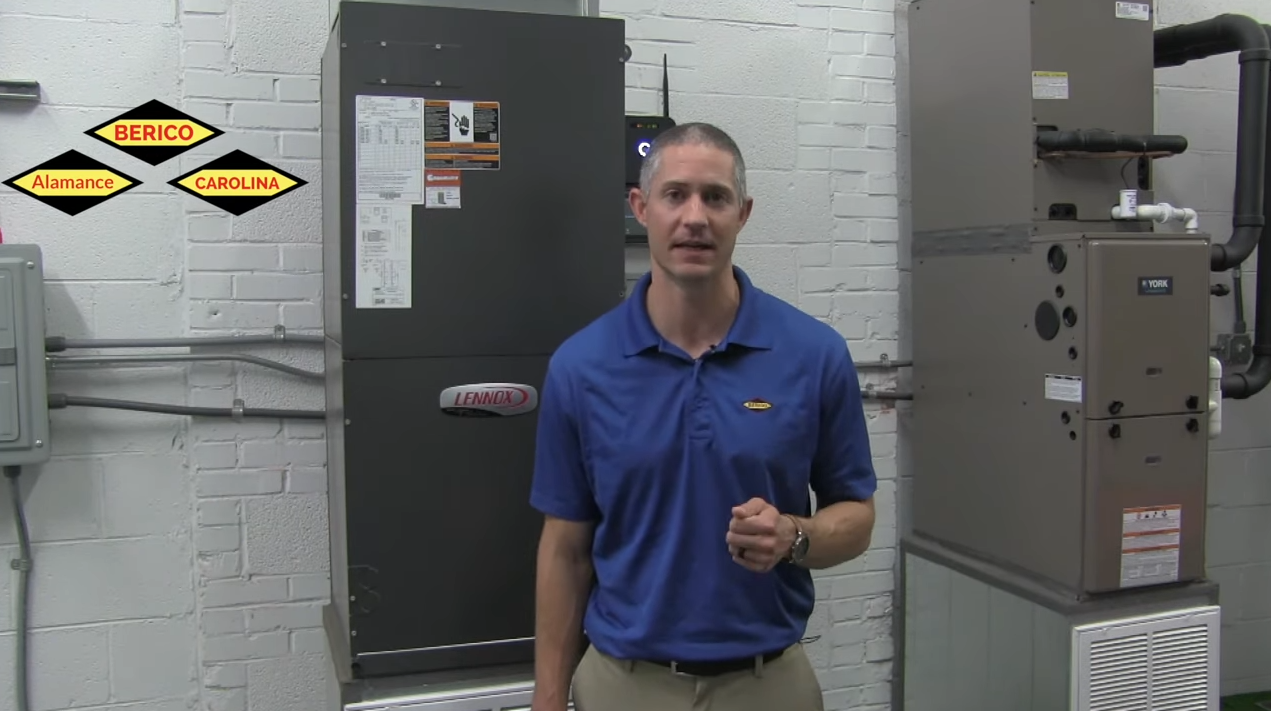 One of the key components of a furnace is the fan. You don’t need to be an HVAC expert to understand why the fan is so vital – without it moving air through the system, your furnace would be heating up for no reason at all. Only when the air is moving will the furnace be able to heat your home. So, what happens when it won’t run? This article will take a closer look at this frustrating problem.
One of the key components of a furnace is the fan. You don’t need to be an HVAC expert to understand why the fan is so vital – without it moving air through the system, your furnace would be heating up for no reason at all. Only when the air is moving will the furnace be able to heat your home. So, what happens when it won’t run? This article will take a closer look at this frustrating problem.